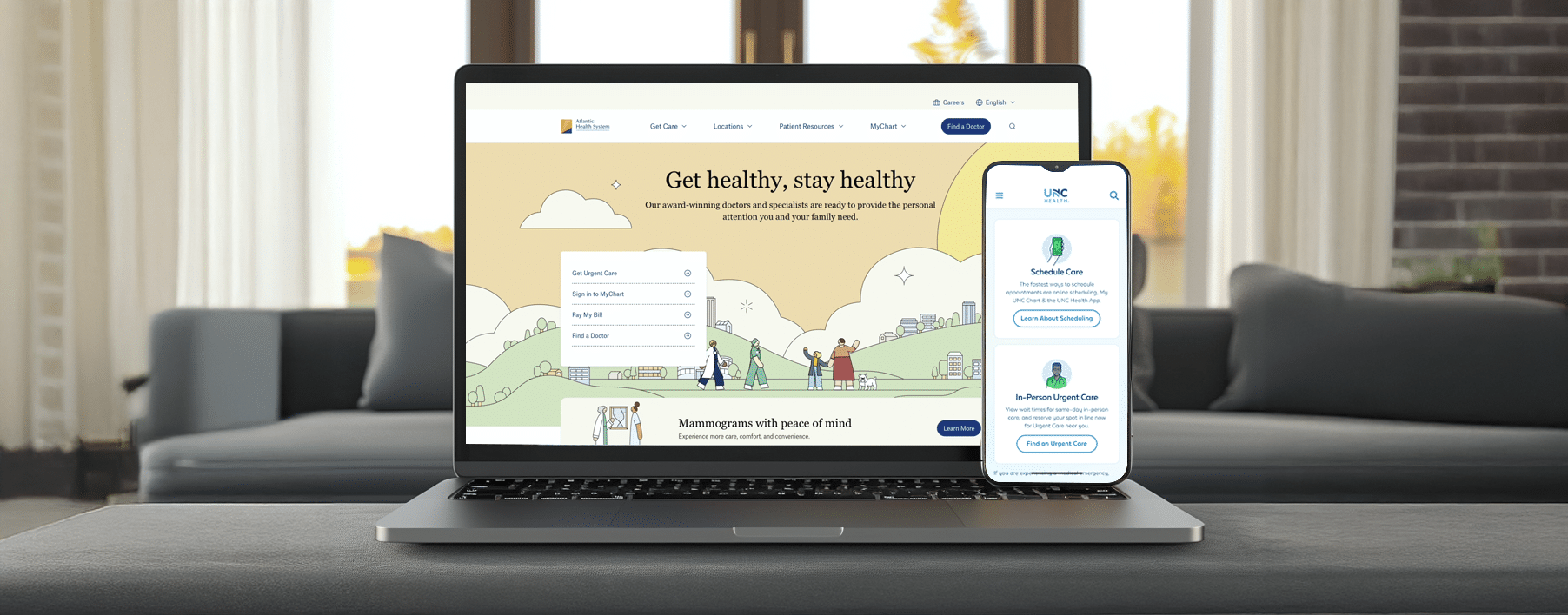For large healthcare organizations, the need to keep content accurate and up-to-date is critical. From new providers, locations, and services to the latest promising research and clinical trials, making sure patients and medical professionals have access to timely information helps improve health outcomes.
But keeping content fresh is easier said than done. For most healthcare content teams, the practical reality of managing thousands of pages of content is a constant challenge.
Manually updating content, page-by-page
Currently, if a description of a medical condition needs to be adjusted, content managers often have to locate every place on the site where it’s displayed and update each one individually in their content management system. Or if a new treatment type becomes available, they have to manually add it to every relevant condition and specialty page.
Countless hours have to be spent making sure that the same content is consistent across multiple pages—hours that could be spent creating new content about the organization’s services, specialists, and medical breakthroughs.
Fortunately, there’s a better way.
A golden opportunity to improve content efficiency
While the page-based content management approach is still alive and well, innovations in content management technology have provided Hero Digital with an opportunity to help our healthcare clients transform how they publish and manage content.
By moving from a static, page-based paradigm to a dynamic, structured content framework, healthcare organizations have the ability to serve content using the COPE model (Create Once, Publish Everywhere).
Instead of treating every specialty, condition, treatment or service page as a separate entity, we can define the semantic relationships between them on the back end.
- We can tag every condition with a list of relevant specialties (for instance, Brain Tumors fall under both Cancer Care and Neuroscience).
- We can tag all treatment options and diagnostic services with their relevant conditions (for instance, MRIs scans are often used to diagnose a range of conditions).
- And we can connect all of them to the organization’s locations and providers.
Content can be displayed dynamically in multiple places based on relevant tags and relationships, eliminating the need to update content on a page-by-page basis.
From Hours to Minutes
For healthcare web content teams, this new model can be a game-changer. Tasks that used to take hours to complete can be reduced to minutes.
For example:
- If a team publishes a new article about diet changes that can help improve bone density, it can automatically be displayed on all pages that are tagged Orthopedics.
- If details about a Pediatric program or service need changing, they can make the change in one place in the CMS and it’ll update everywhere it’s mentioned across the site.
- If a new cancer treatment becomes available, they can tag the content with related conditions and have it show up in multiple places across the site.
Supporting Healthcare Excellence
Working with large healthcare organizations has shown us the immense benefits of moving from a labor-intensive, static model to a smart, automated system. This shift is not only streamlining the content management process and saving valuable time, but it’s also ensuring that critical health information remains consistent and up-to-date.
As a result, healthcare organizations are better positioned to focus on delivering impactful content that supports both patient engagement and professional healthcare excellence.









